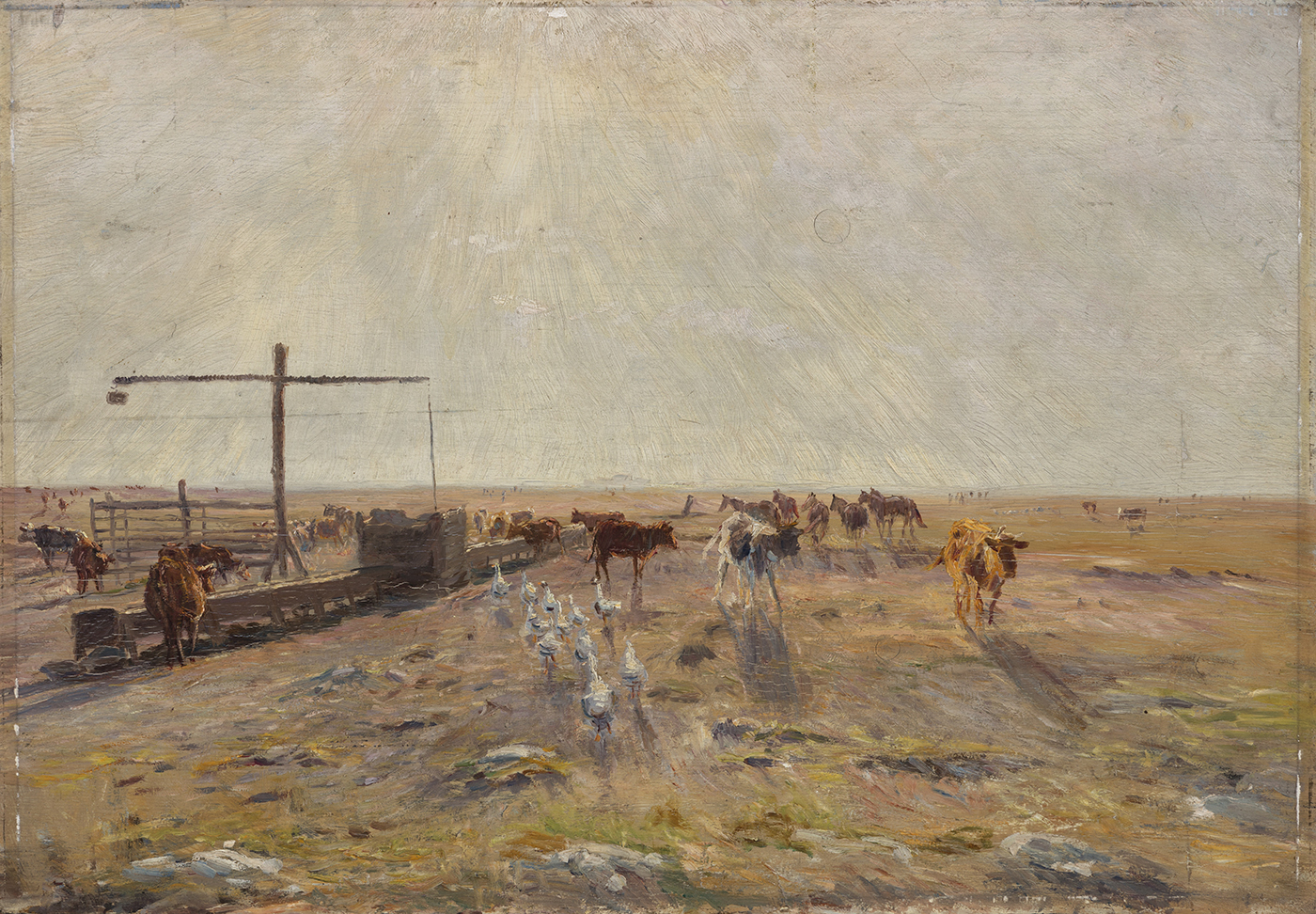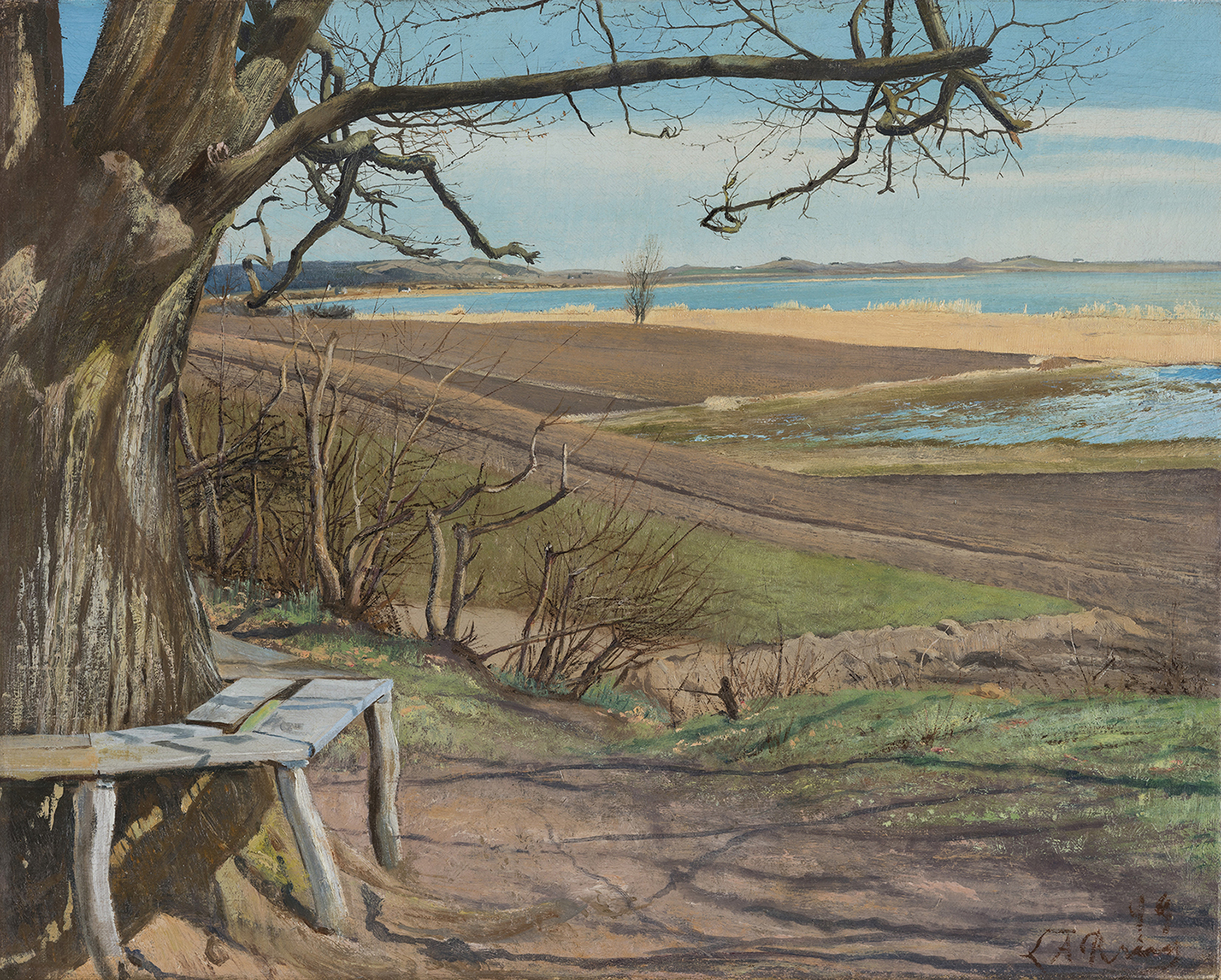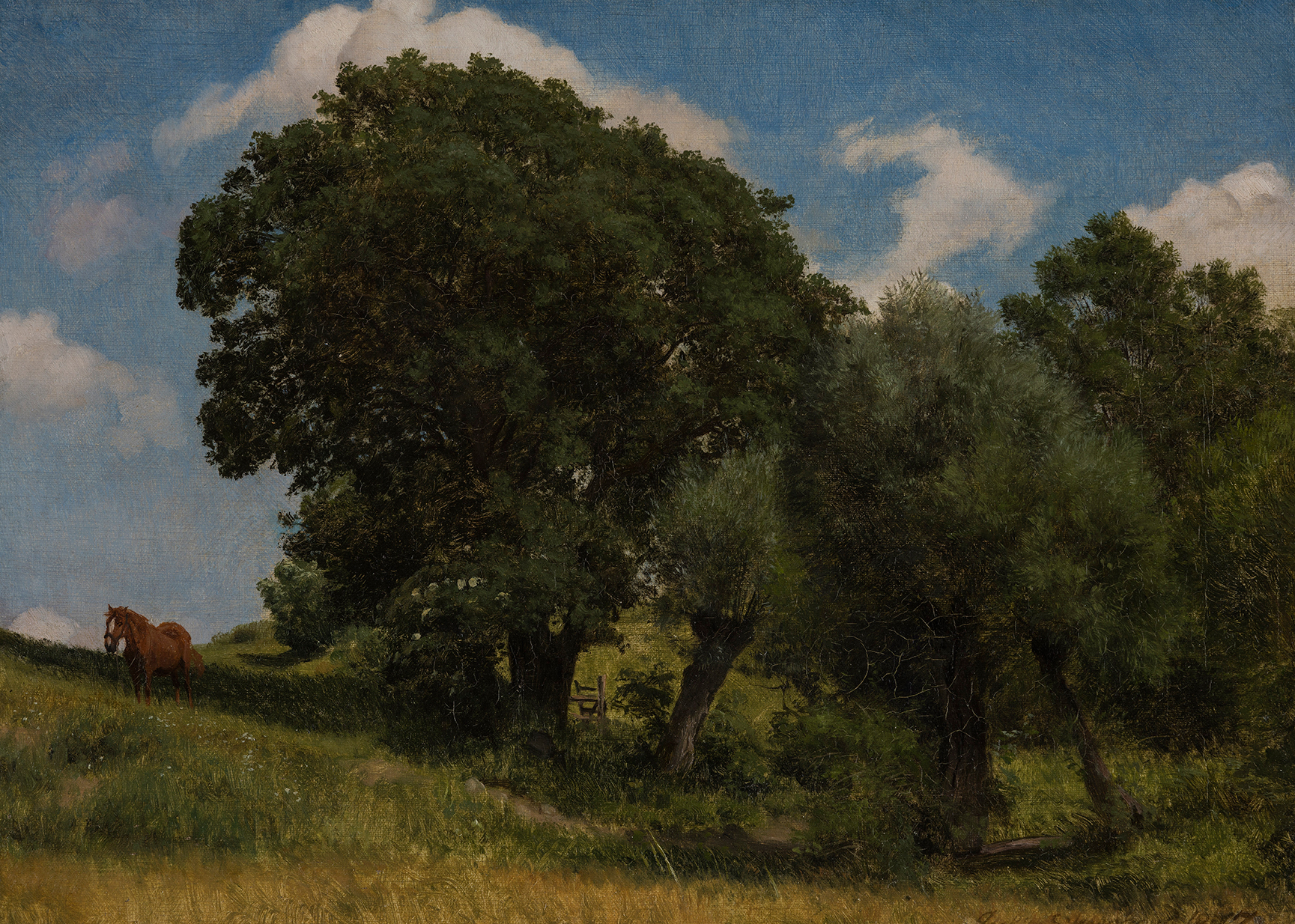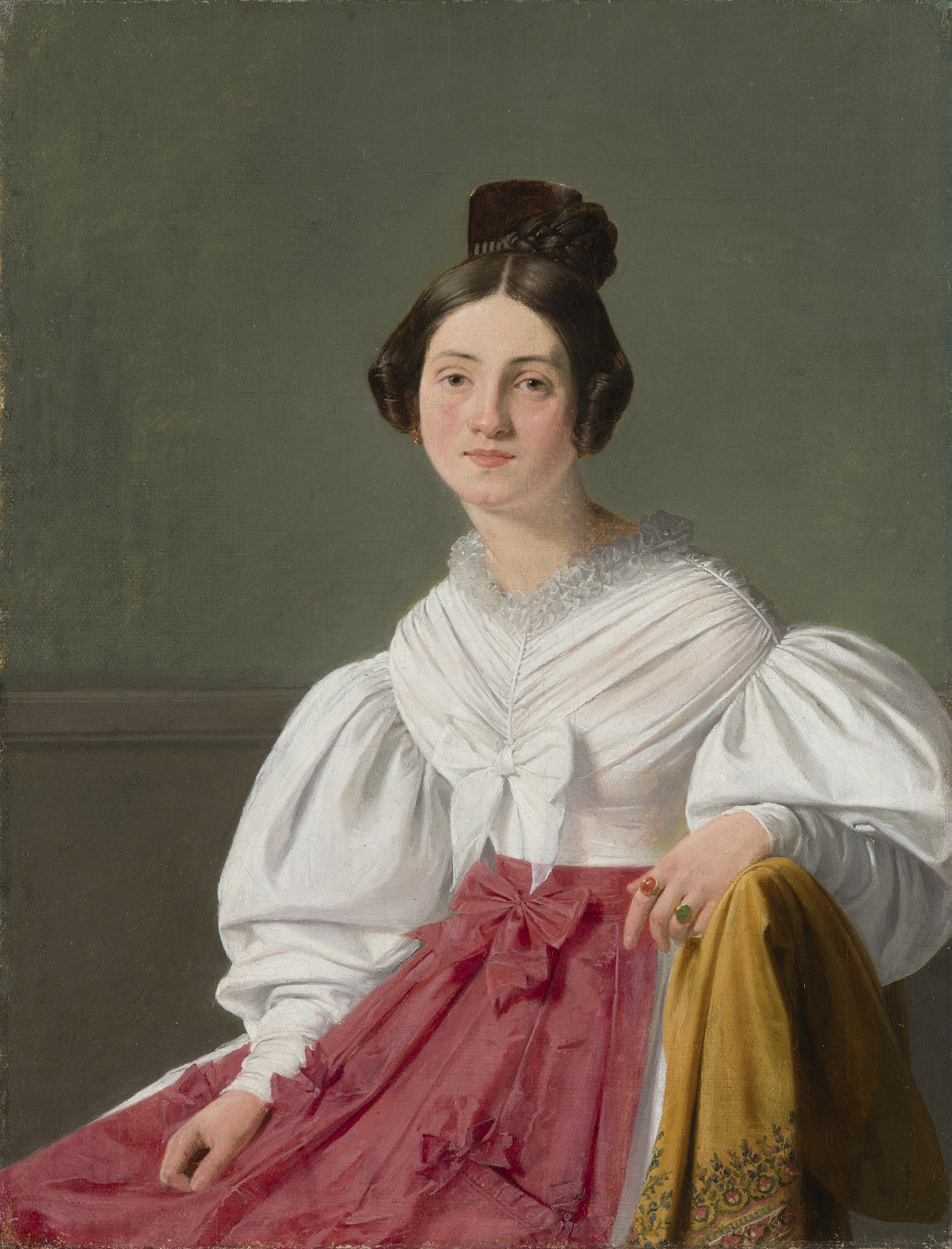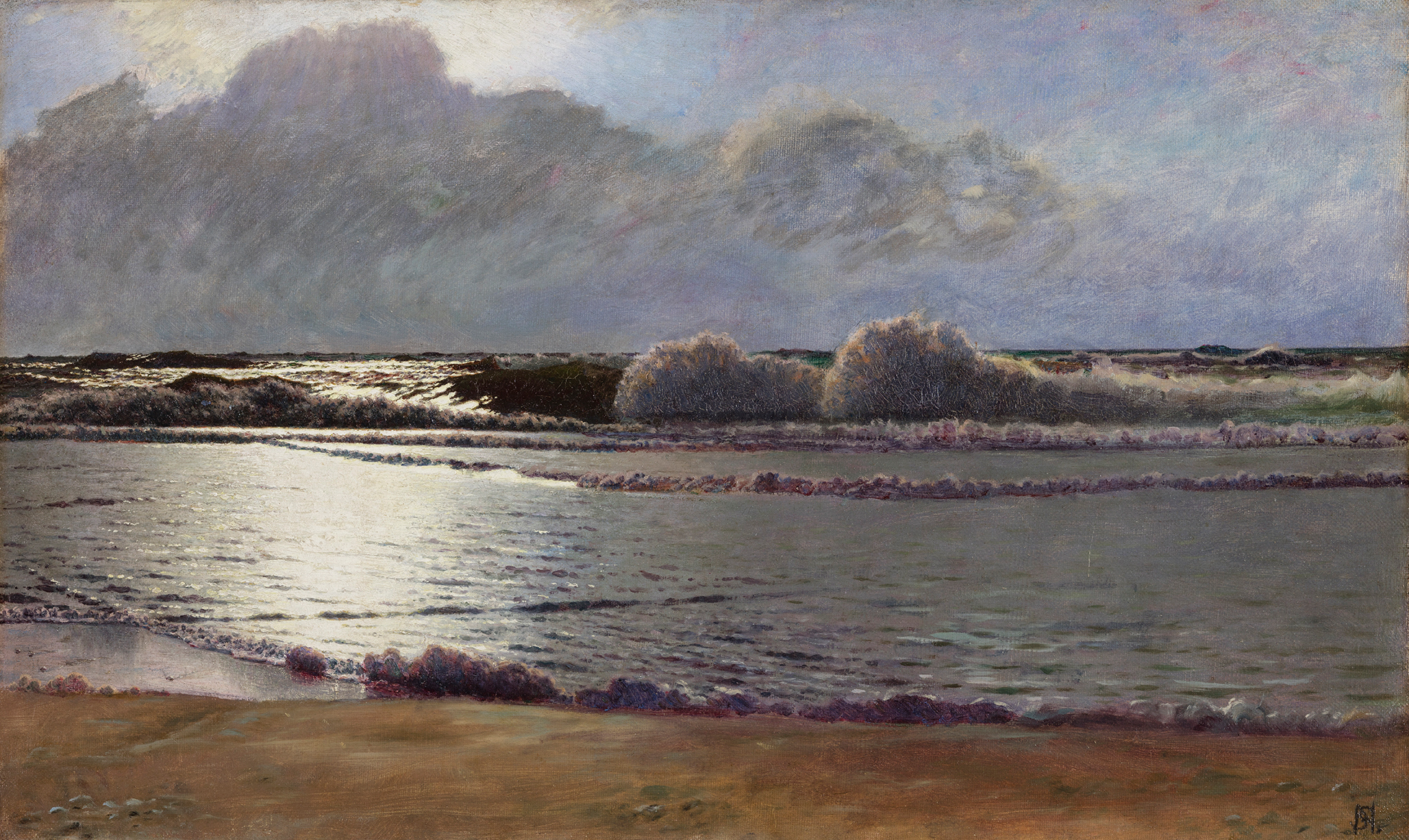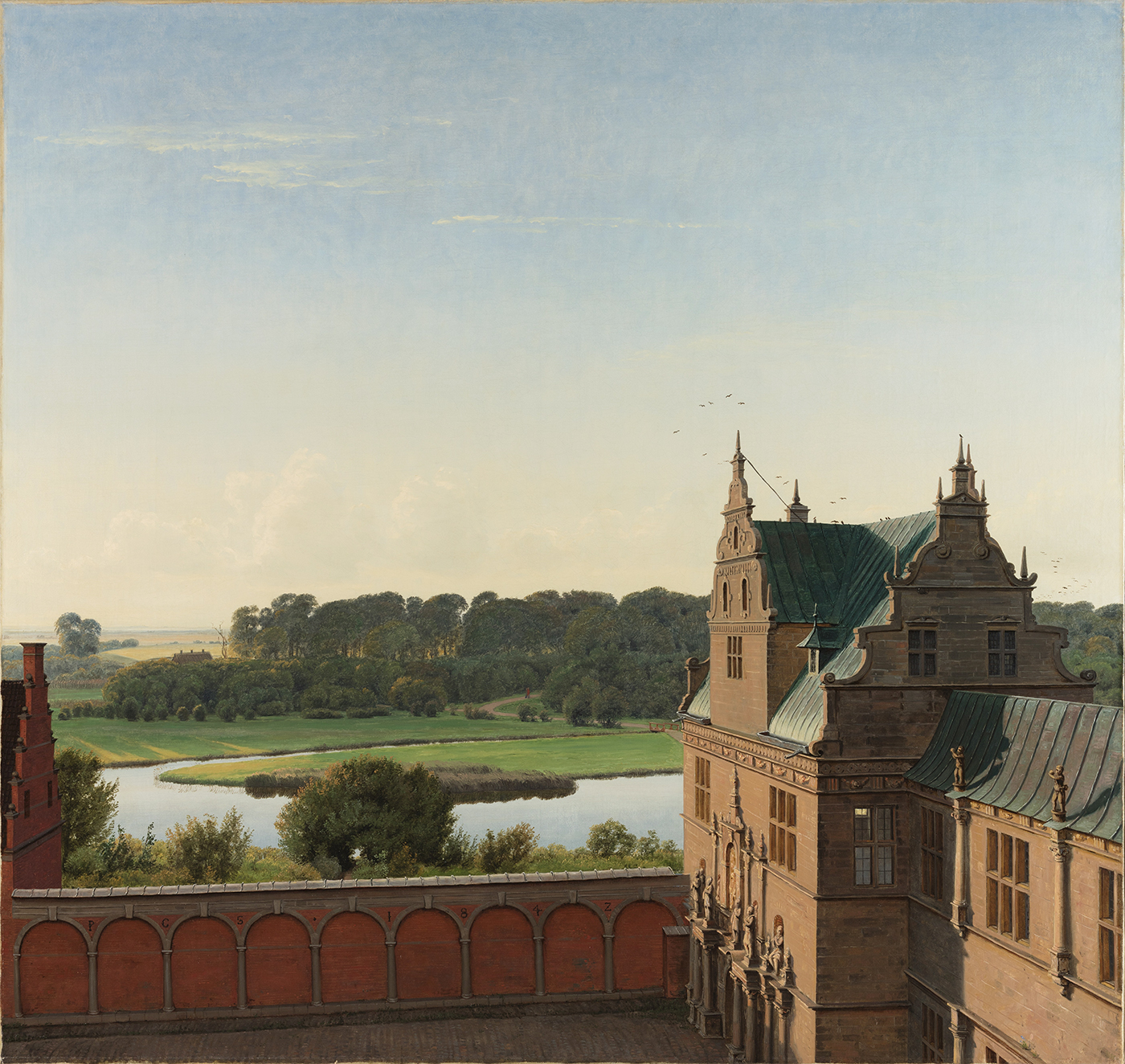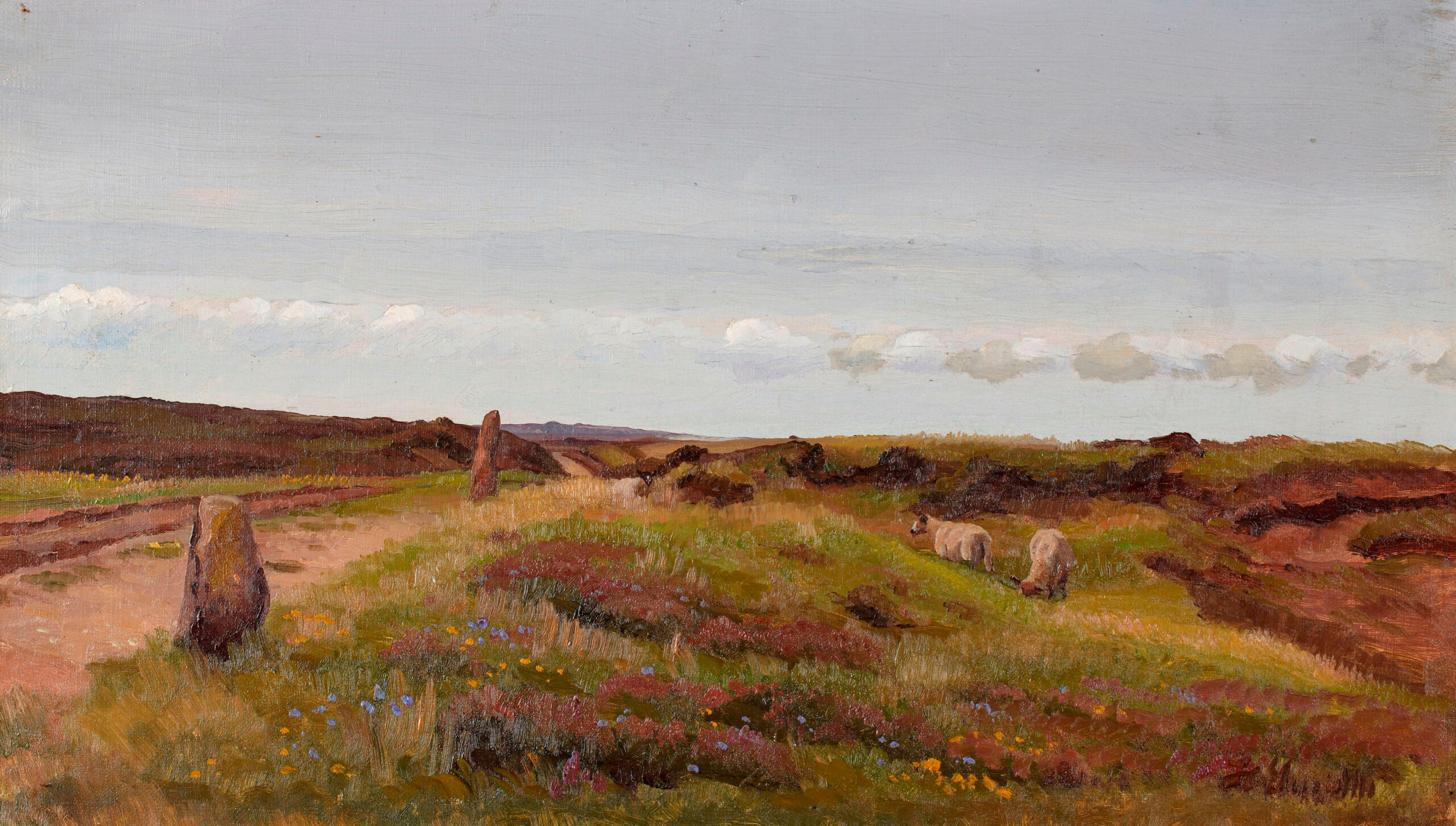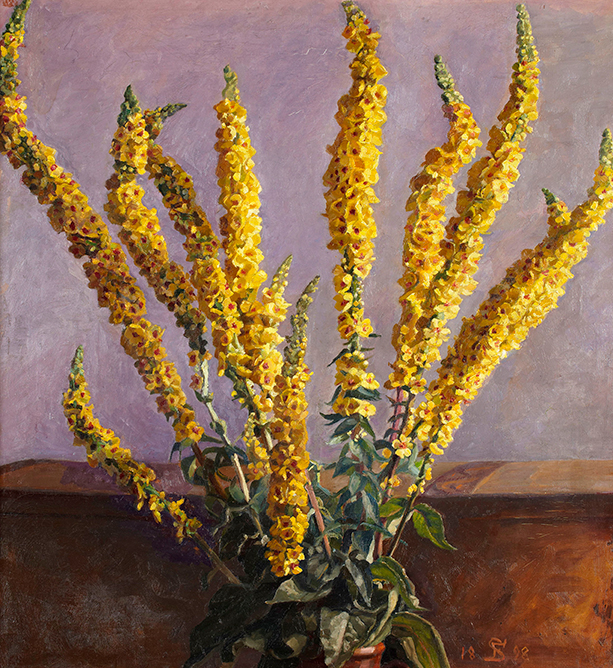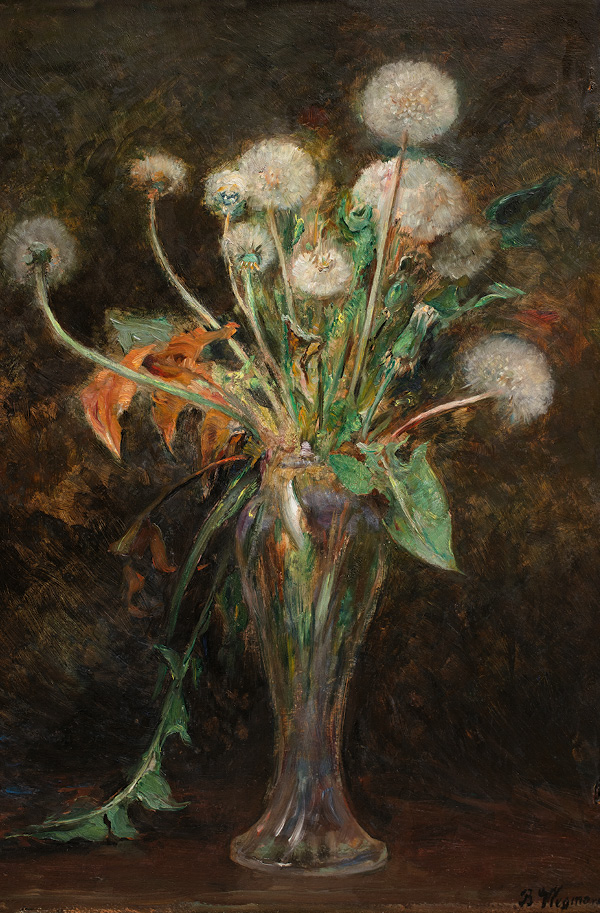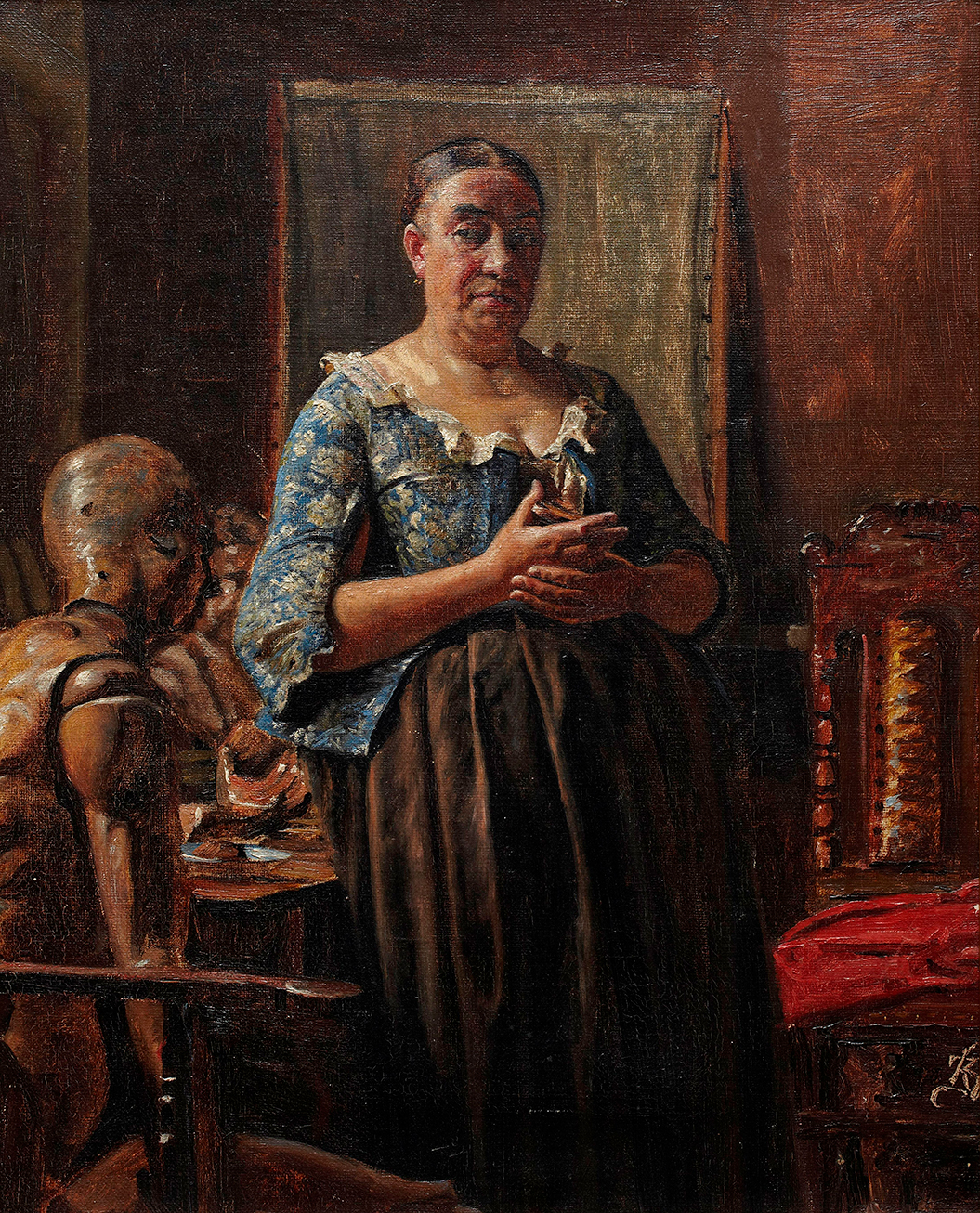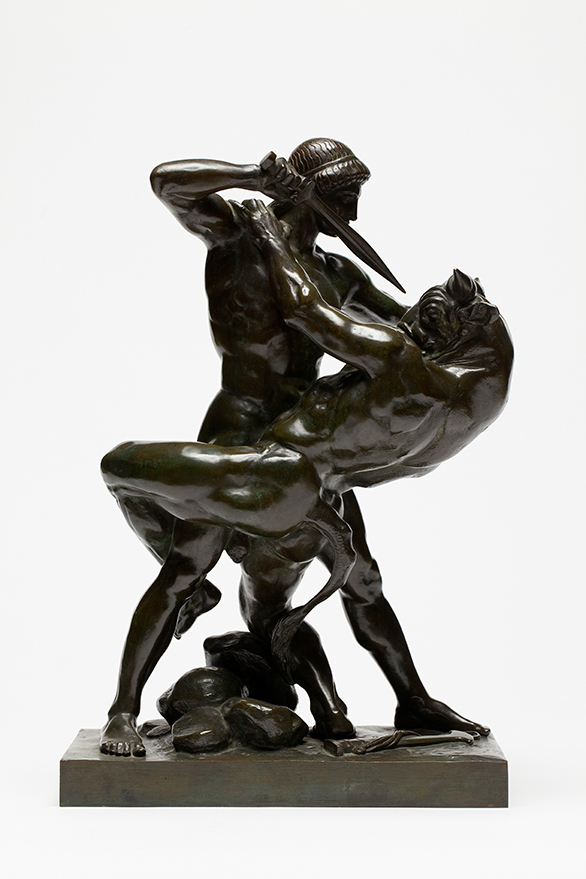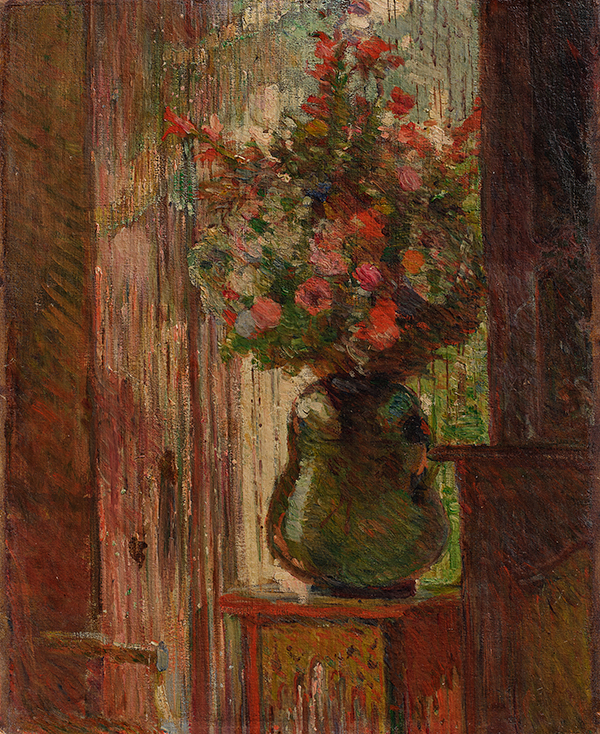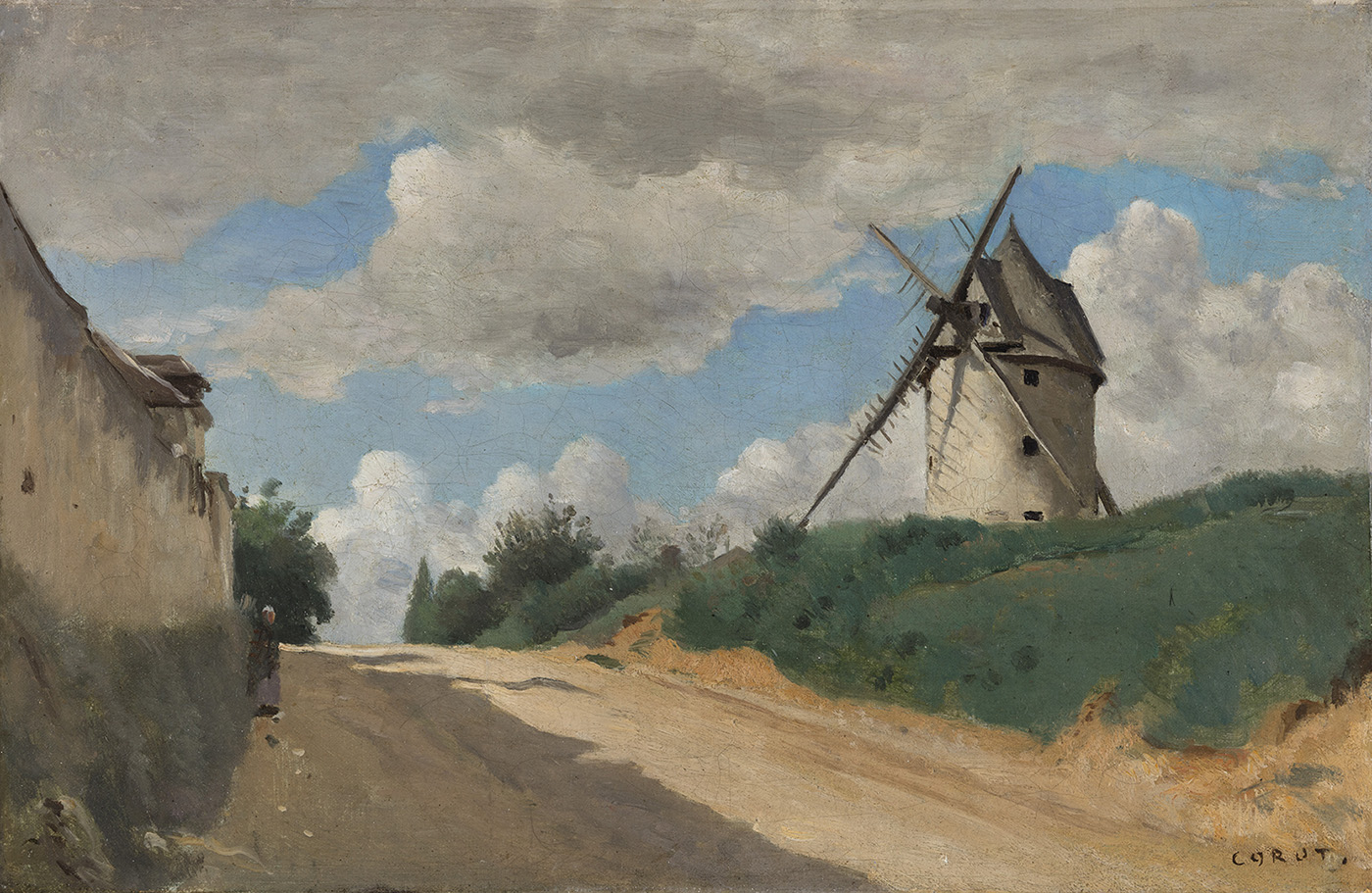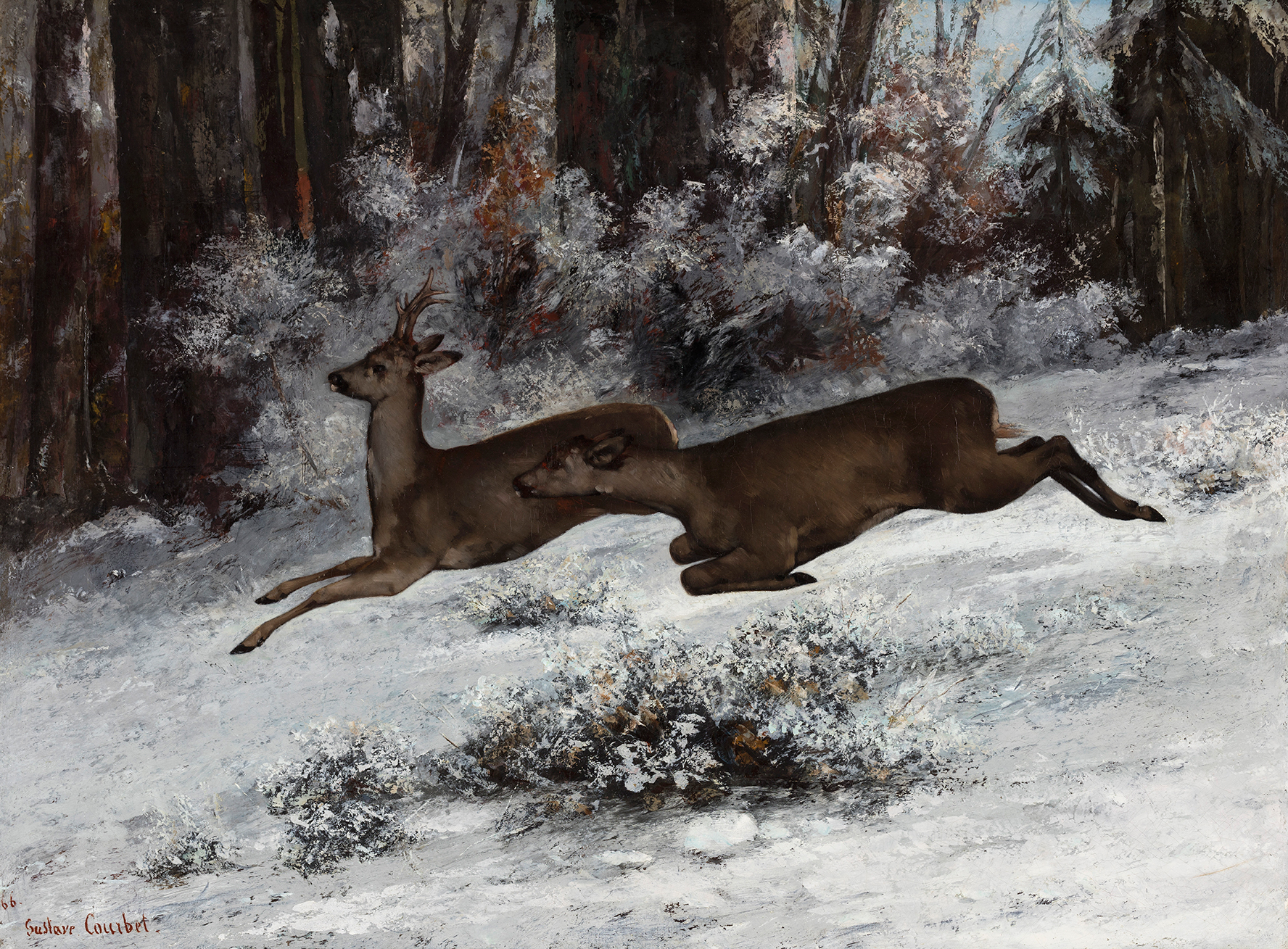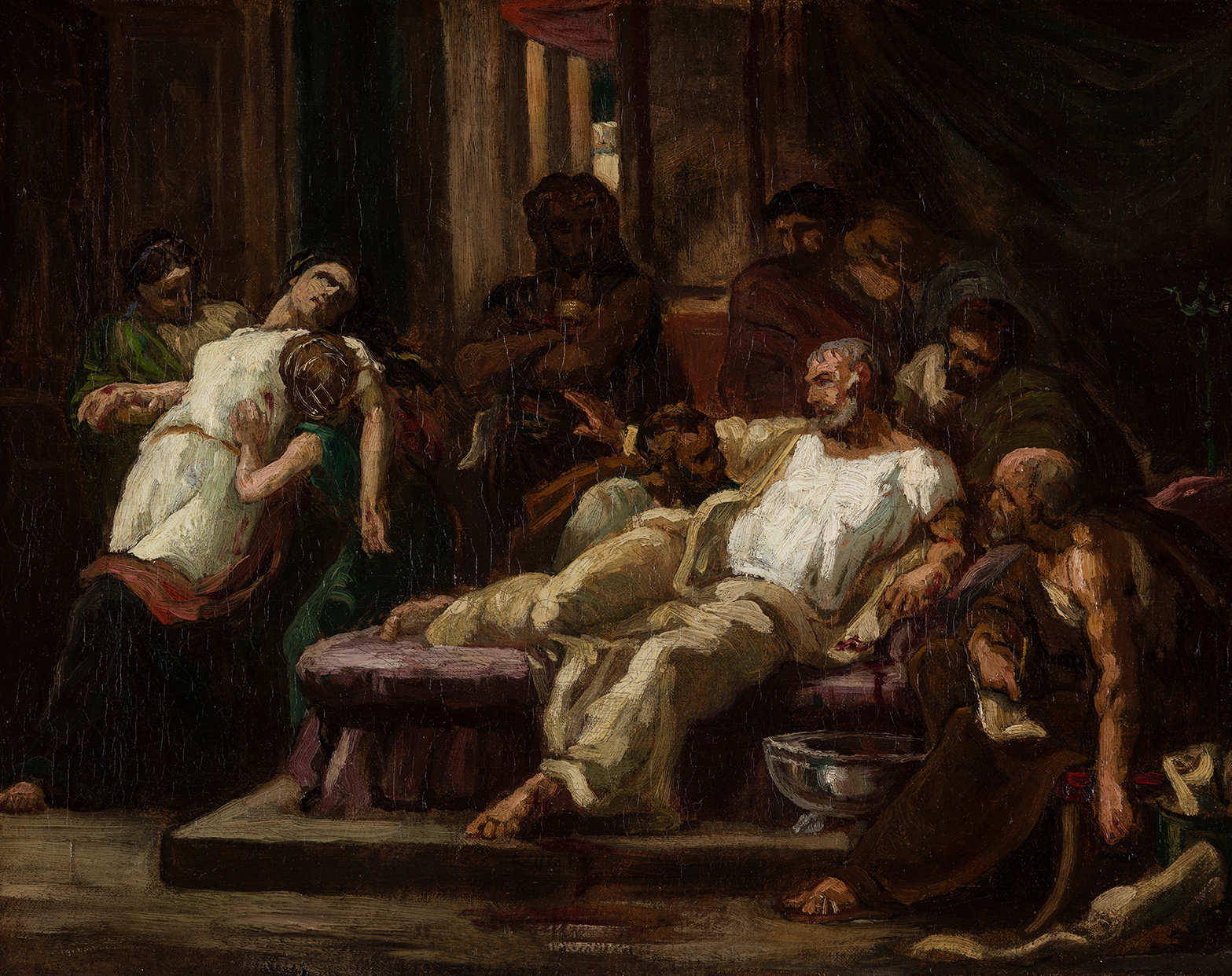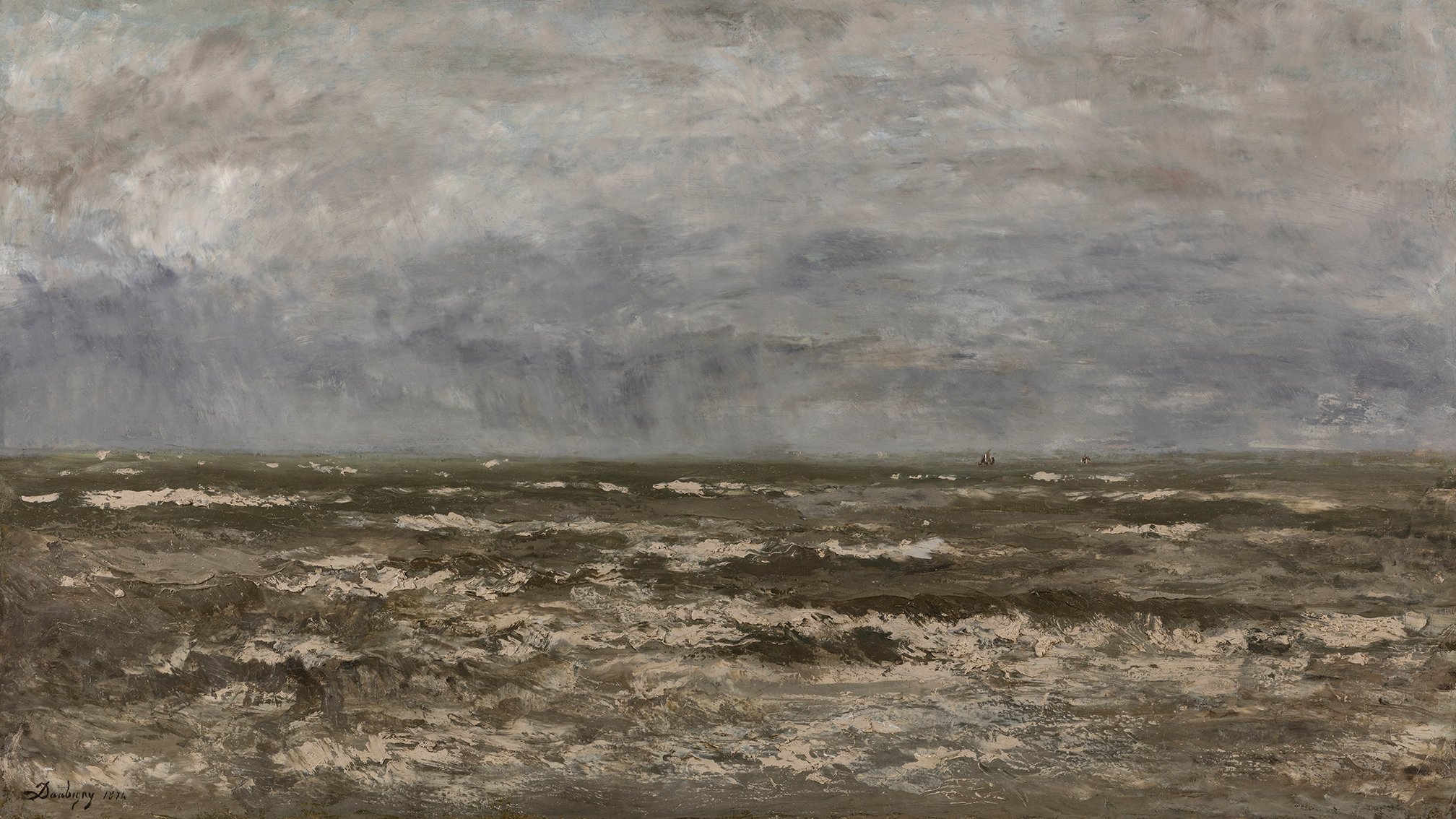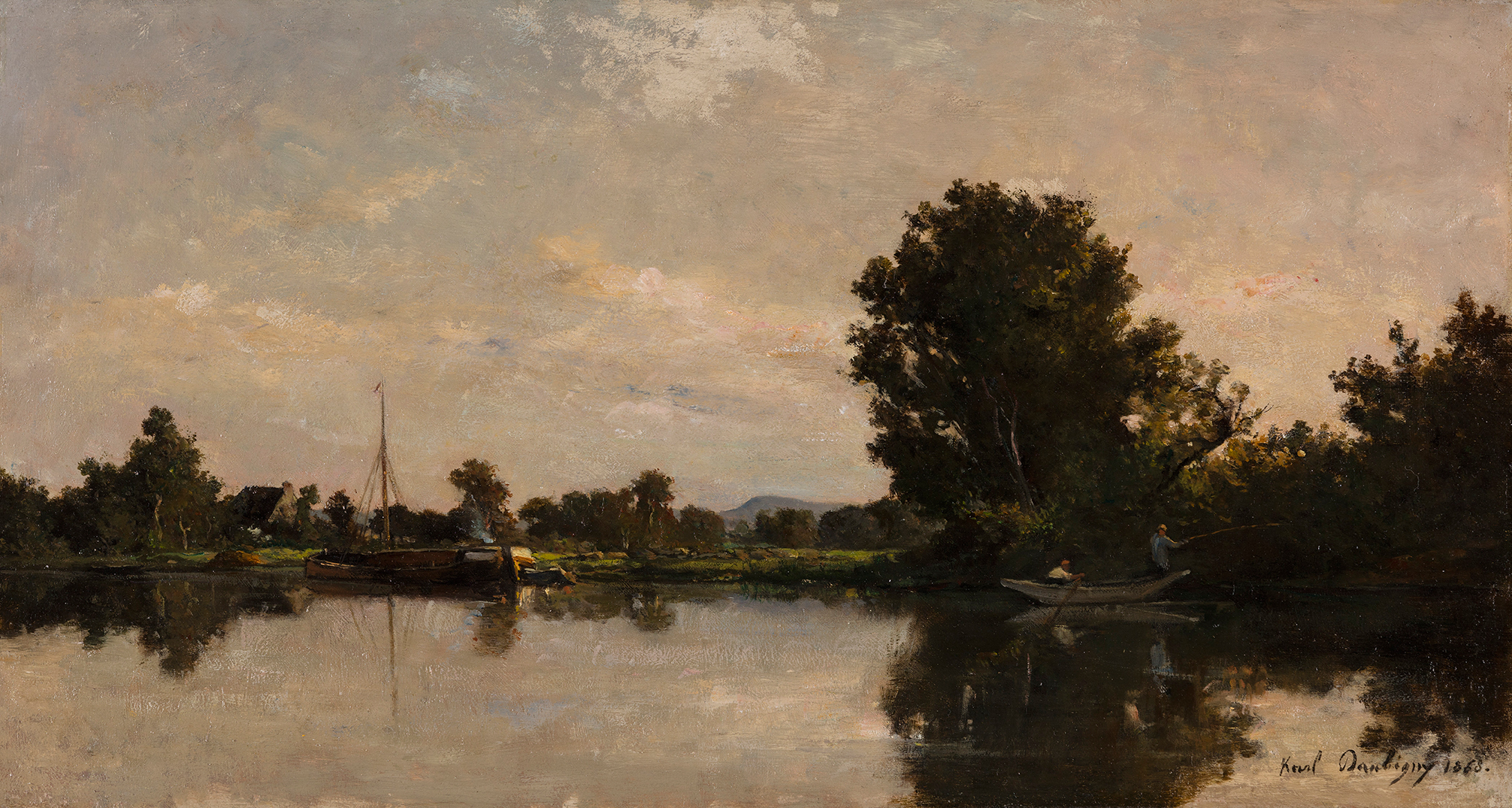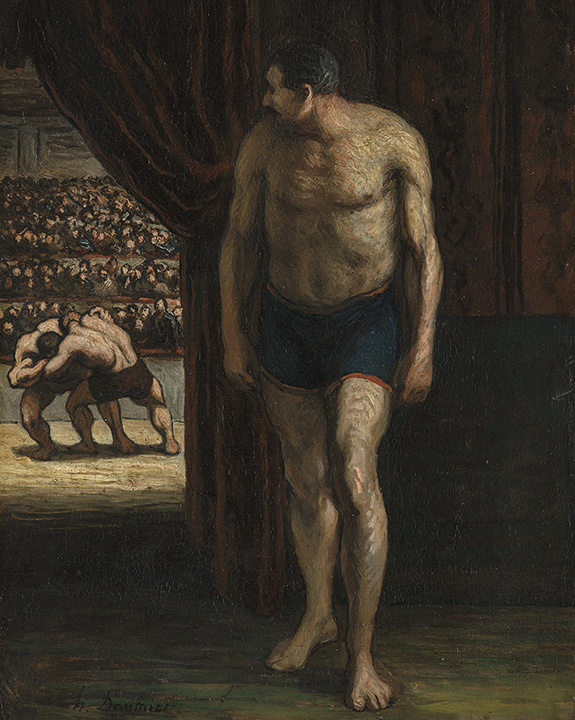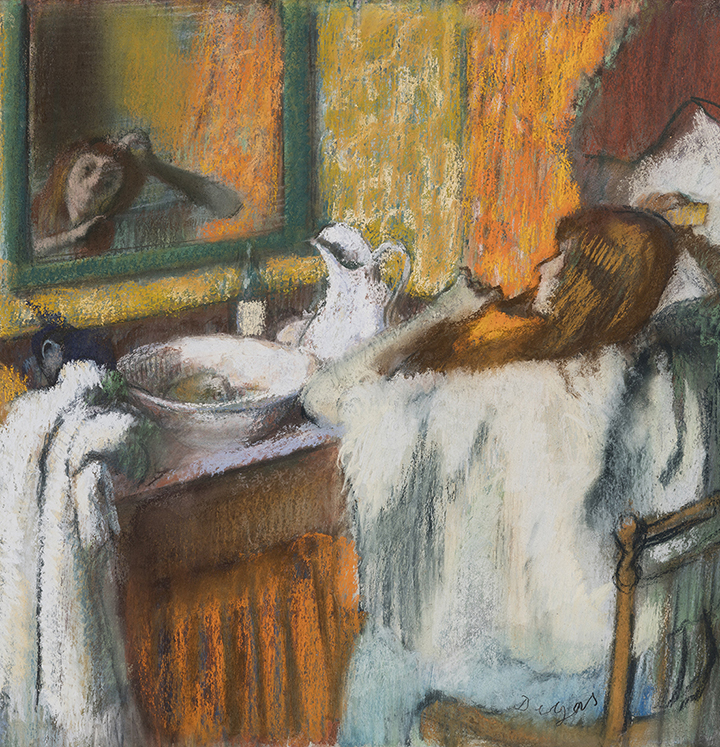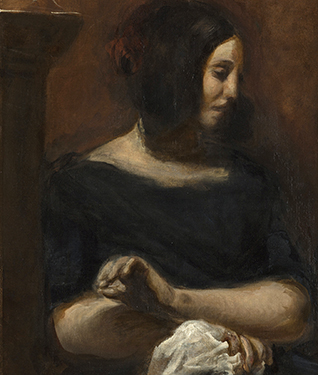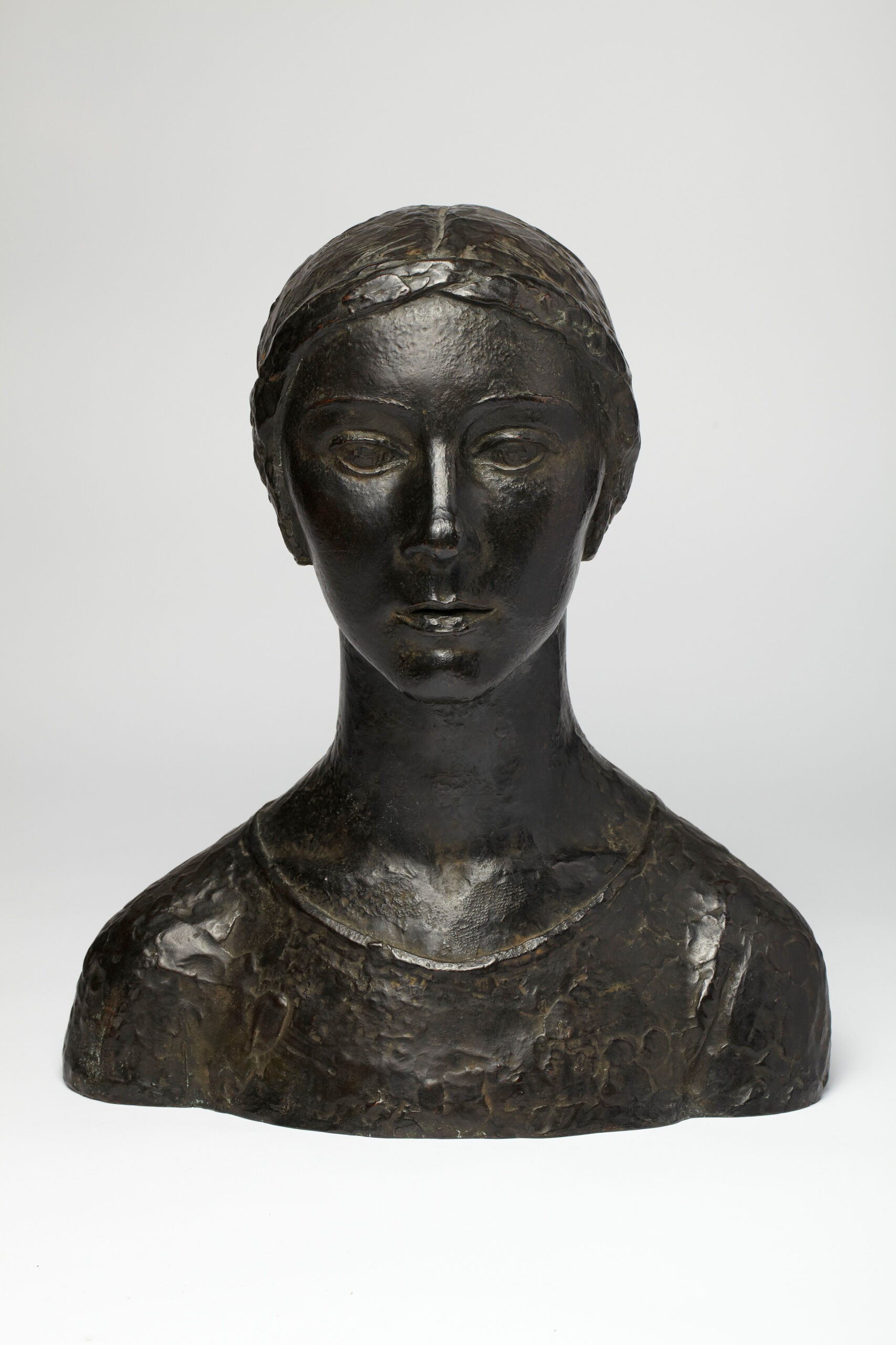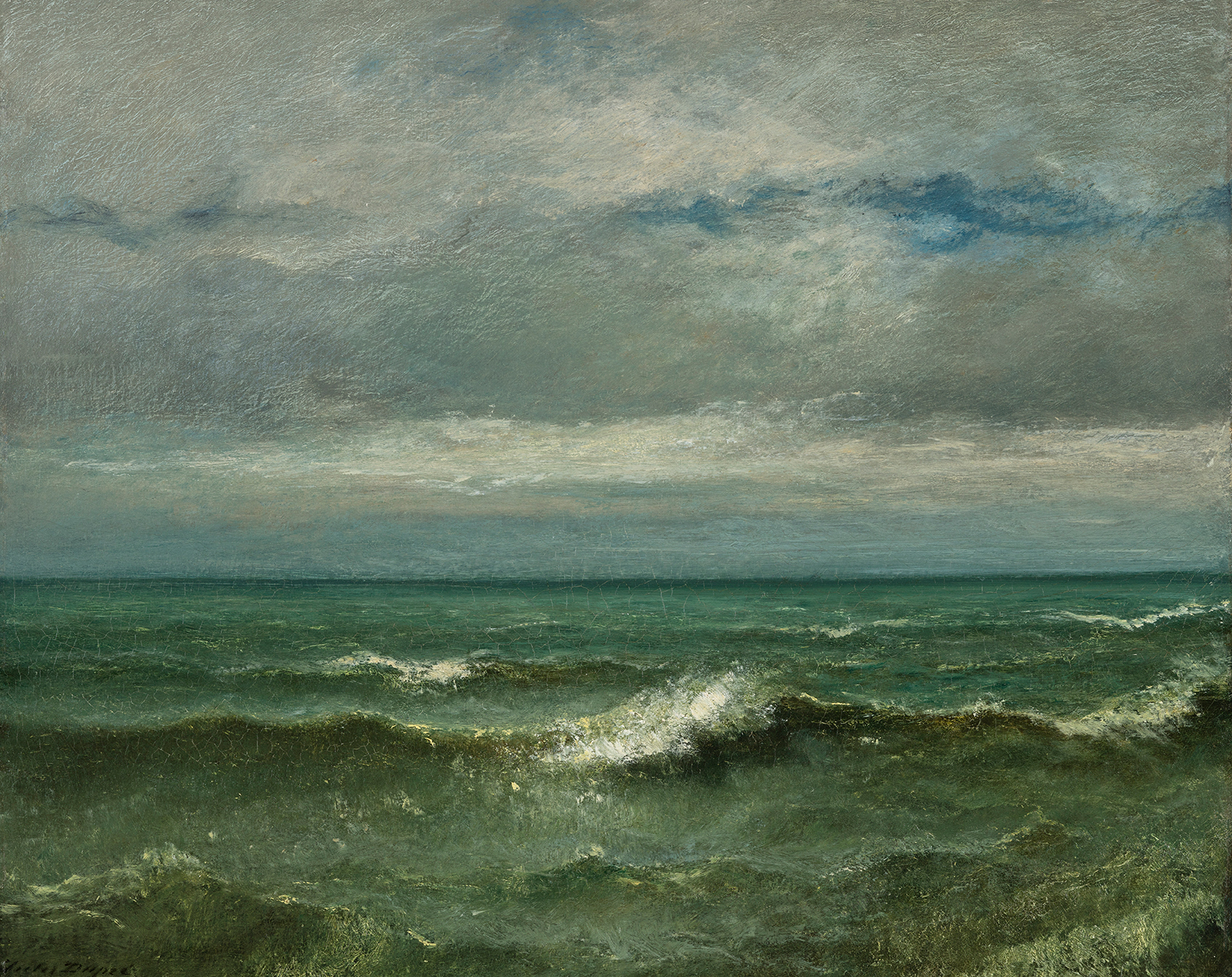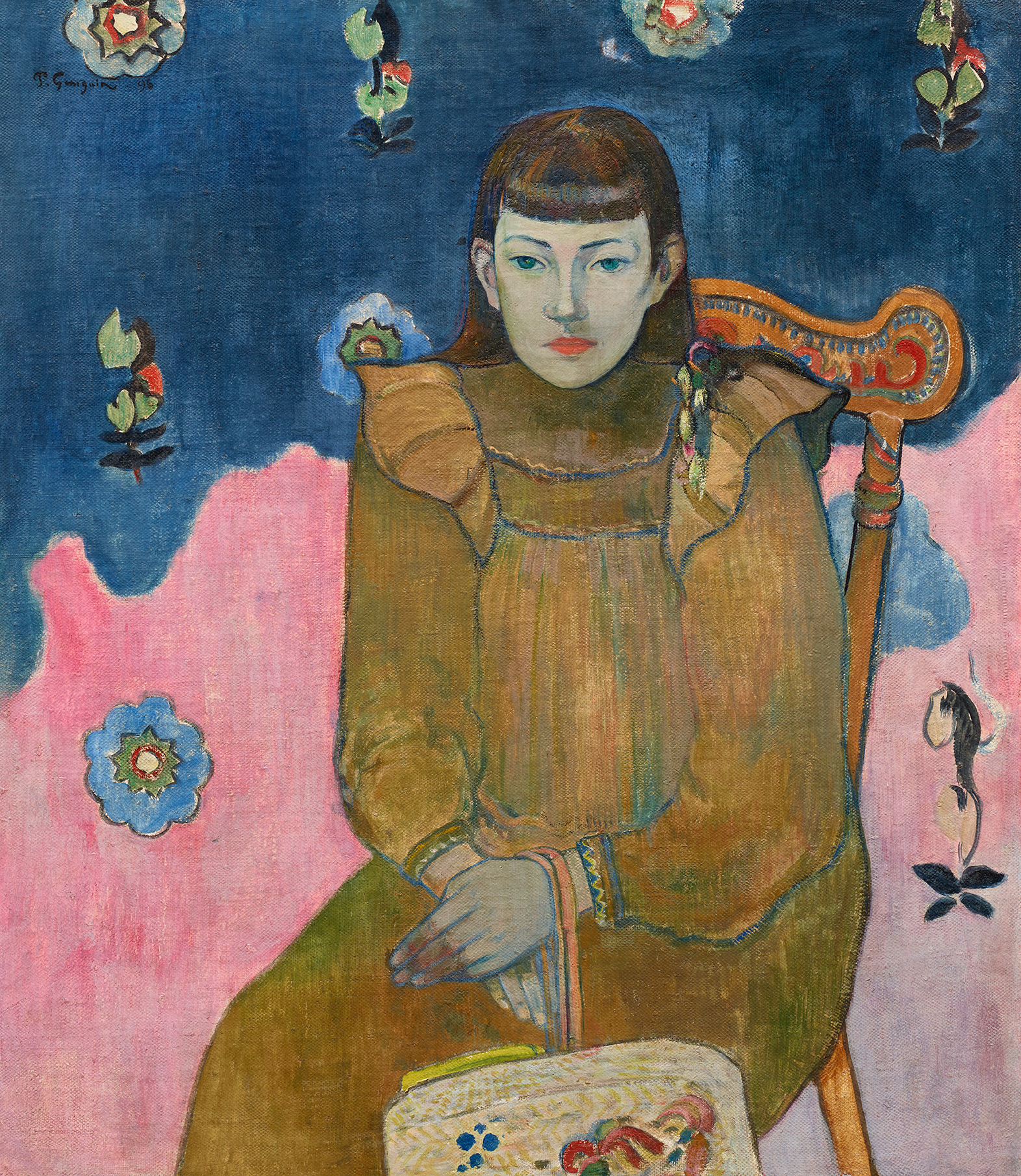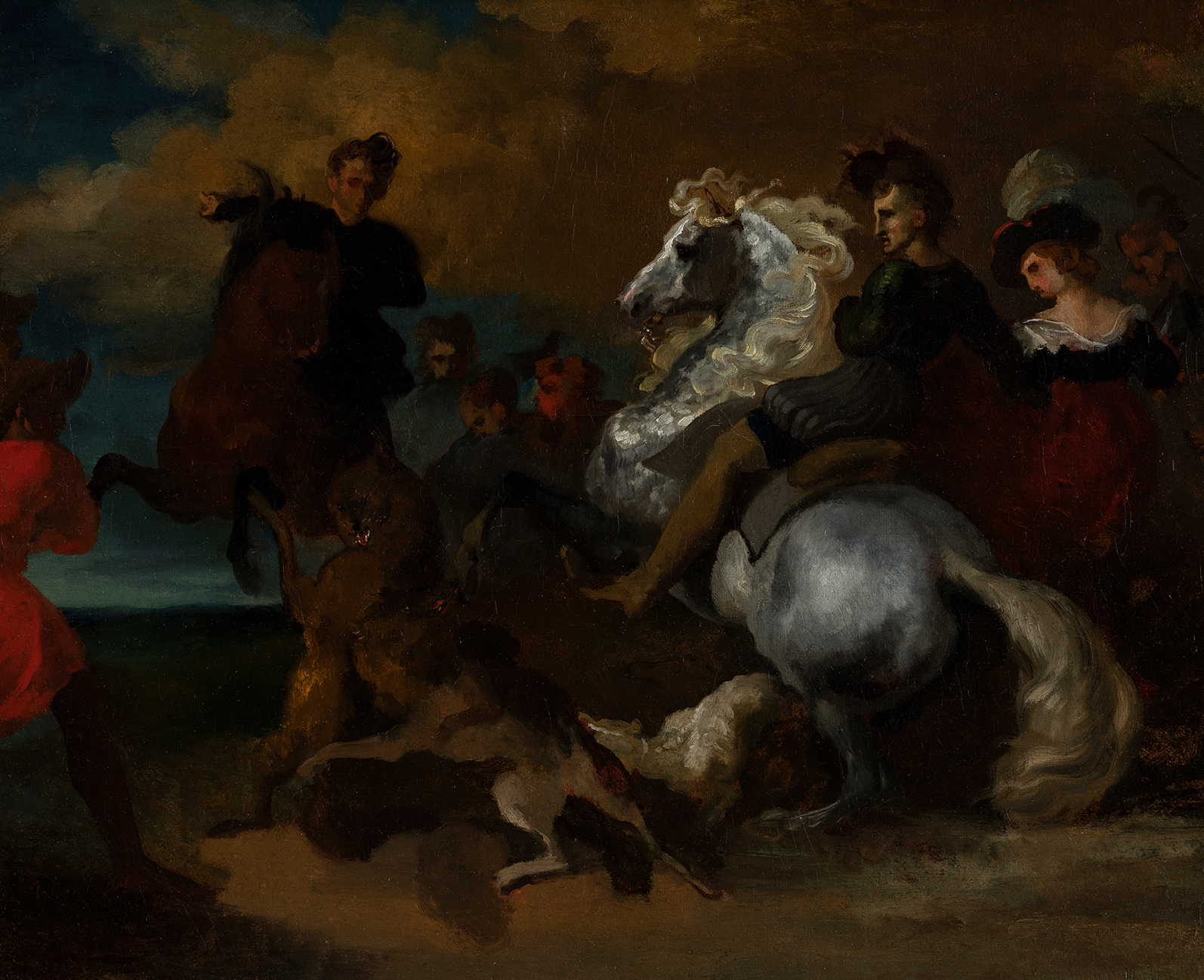1840 – 1920
Continue readingLaurits Andersen Ring
1854 – 1933
Continue readingJoakim Skovgaard
1856 – 1933
Continue readingJørgen Roed
1808 – 1888
Continue readingNiels Skovgaard
1858 – 1938
Continue readingP.C. Skovgaard
1817 – 1875
Continue readingHans Smidth
1839 – 1917
Continue readingFritz Syberg
1862 – 1939
Continue readingBertha Wegmann
1849 – 1927
Continue readingKristian Zahrtmann
1843 – 1917
Continue readingAntoine-Louis Barye
1795 – 1875
Continue readingMarie Bracquemond
1840/41– 1916
Continue readingCamille Corot
1796 – 1875
Continue readingGustave Courbet
1819 – 1877
Continue readingTHOMAS COUTURE
1815 – 1879
Continue readingCHARLES DAUBIGNY
1817 – 1878
Continue readingKARL DAUBIGNY
1846 – 1886
Continue readingHonoré Daumier
1808 – 1879
Continue readingEdgar Degas
1834 – 1917
Continue readingEugéne Delacroix
1798 – 1863
Continue readingCHARLES DESPIAU
1874 – 1946
Continue readingJULES DUPRÉ
1811 – 1889
Continue readingPaul Gauguin
1848 – 1903
Continue readingTHÉODORE GÉRICAULT
1791 – 1824
Continue reading